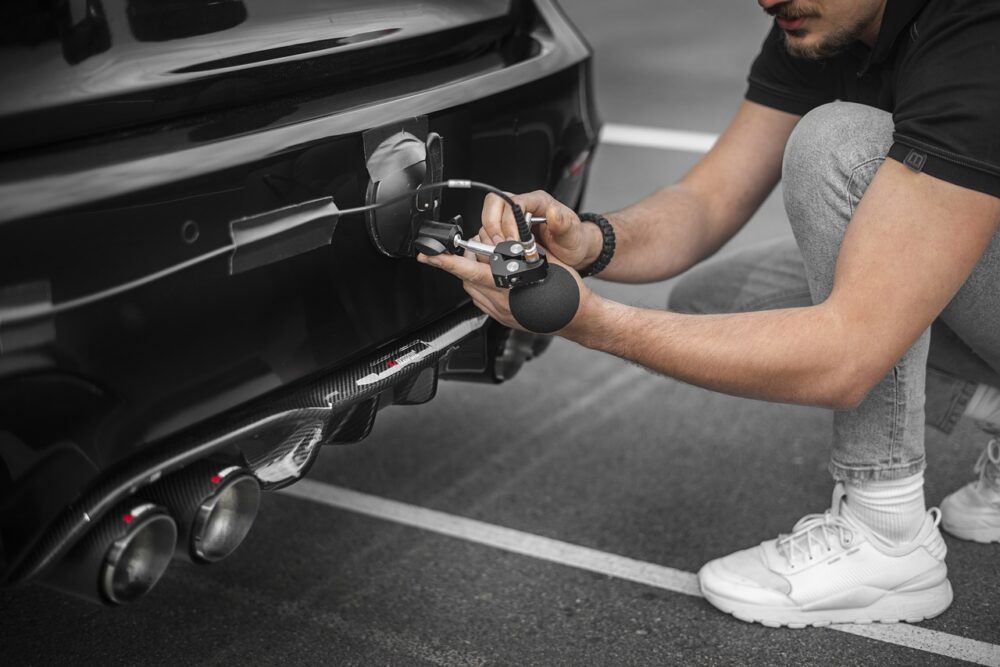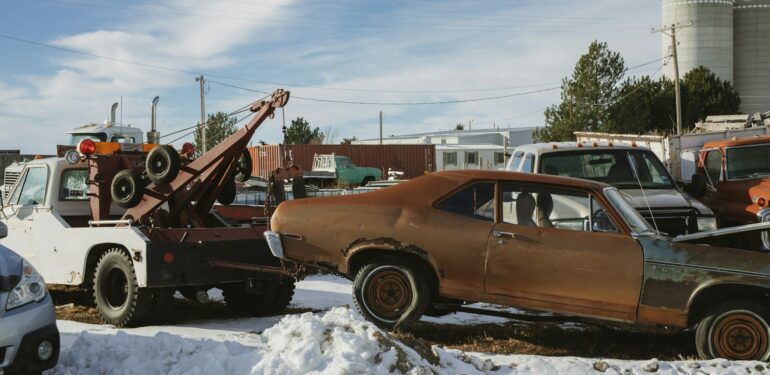Experiencing a car breakdown on the road can be stressful and potentially dangerous. Whether you’re on a busy highway or a remote country road, knowing how to handle a breakdown is essential for your safety and the well-being of your vehicle. This comprehensive guide explores what you should do if your car breaks down, from preventive measures to emergency protocols.
Immediate Response
In a breakdown, the first and most crucial step is to remain calm. Take a deep breath, turn on your hazard lights, and focus on your safety and the safety of others on the road. If possible, steer your vehicle to the shoulder of the road or another safe area away from traffic. If you’re on a highway, getting to the nearest exit or rest area is preferable. Once safely pulled over, activate your hazard lights to make your vehicle more visible to other drivers, especially in low light or adverse weather conditions. This alerts others that your car is not moving and encourages them to give you space.
Assess the severity of the breakdown. According to reputable providers of Towing Brooklyn NY, locals trust if you cannot identify the issue or safely address it, it may be time to call for professional assistance. If you have a flat tire, for example, and can safely change it, proceed cautiously. But if you find yourself in a situation where you cannot determine the cause of the breakdown or lack the expertise to address it safely, calling for roadside assistance or a towing service is often the safest course of action in scenarios beyond your mechanical expertise.
What to Do Next
- Call for Roadside Assistance: If you have a roadside assistance service through your insurance or a third-party provider, use your mobile phone to call for help. Provide your location, a brief issue description, and other relevant details. If you don’t have roadside assistance, consider contacting a local towing service.
- Communicate Clearly: Be clear about your location when talking to the roadside assistance or towing service. Provide nearby landmarks, road signs, or mile markers to help them find you more easily. If you’re unsure of your location, use a navigation app to get the coordinates.
- Stay Inside the Vehicle: Stay inside your car if you cannot move your vehicle to a safe location and have to wait for assistance on a busy road. Waiting inside your car is generally safer than standing outside, especially in high-traffic areas.
- Communicate with Other Drivers: If safe, communicate with other drivers by placing reflective triangles or flares around your vehicle. This increases visibility and warns approaching traffic of the situation. Use caution when setting up these warning devices, especially on busy roads.
Self-Help Measures
If you have some knowledge of car mechanics and can safely assess the issue, pop the hood and take a look. Check for obvious problems like a loose battery connection, a blown fuse, or a visible flat tire. Follow the procedure if you have a flat tire and can safely change it. Ensure your car is on a flat surface, engage the parking brake, and use the spare tire and jack provided with your vehicle. If your car won’t start due to a dead battery, and you have jumper cables and a willing helper, you can attempt to jumpstart the vehicle. Follow the correct procedure outlined in your vehicle’s manual to avoid damage to the electrical systems.
After the Breakdown is Resolved
Even if the issue seems minor and you’ve managed to get your car running again, it’s advisable to visit a mechanic as soon as possible. Some problems may not be immediately apparent, and addressing them promptly can prevent more extensive and costly repairs later. Take note of the breakdown’s details, including the time, location, and a brief issue description. This information may be helpful for insurance claims or if the breakdown becomes a recurring problem. Reflect on the incident and consider whether preventive measures could have been taken. Learn from the experience to enhance your preparedness for future road trips.
Preventive Measures
Prevention is often the best remedy. Regular vehicle maintenance, including checking fluids, tire pressure, and the overall condition of your car, can significantly reduce the likelihood of a breakdown. Following the manufacturer’s recommended maintenance schedule helps keep your vehicle in optimal condition. Be attentive to any unusual sounds, odours, or changes in your vehicle’s performance. Addressing potential issues promptly can prevent more significant problems down the road. Ignoring warning signs may lead to a breakdown at an inconvenient time and place.

Experiencing a car breakdown can be inconvenient, but how you handle the situation can significantly impact the outcome. By staying calm, prioritizing safety, and taking appropriate steps, you confidently empower yourself to navigate the challenges of a breakdown. Whether relying on professional assistance or implementing self-help measures, the key is approaching the situation systematically and focusing on resolving the issue while keeping safety paramount. By understanding the steps outlined in this guide, you’ll be better equipped to handle a car breakdown and ensure a smoother journey ahead.


